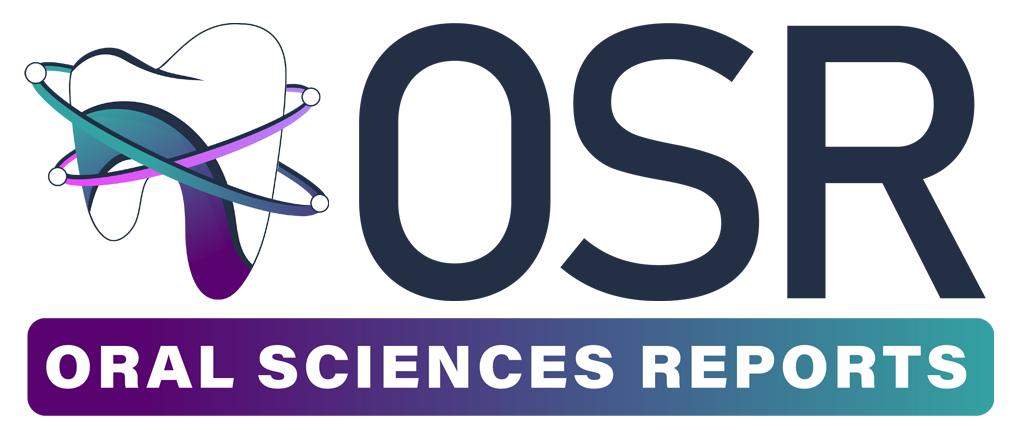Microhardness and Cutting Resistance in Enamel of Primary Molars Among Various Caries Experience Groups In Vitro
Objectives: To investigate cutting resistance, microhardness, and their correlations with primary teeth enamel, from different caries experience groups.
Methods: Forty-five extracted primary molars were divided equally into three groups using the dmft/dmft+DMFT index: low, moderate, and high caries experience groups. Each tooth was divided into 2 parts to test cutting resistance and microhardness. All data were compared statistically between groups with different caries experiences using the one-way ANOVA. The correlations were investigated using the Spearman’s and the Pearson’s correlation.
Results: The high caries experience group had significantly lower microhardness of enamel (295.8±12.73 Vickers Hardness Number (VHN)) than the moderate and low caries experience groups (315.01±16.13 VHN; p=0.001 and 325.96±9.91 VHN; p<0.001, respectively). The cutting resistance of enamel from the high caries experience group (87.23±15.06 grams) was also significantly less than those from the moderate and low caries experience groups (112.78±16.02 grams; p=0.002, and 111.67±24.75 grams; p=0.003, consecutively). There were negative correlations between caries experience and cutting resistance (r=-0.46; p=0.002) and between caries experience and microhardness (r=-0.71; p<0.001) but a positive correlation between cutting resistance and microhardness (r=0.39; p=0.009).
Conclusions: Enamel of primary teeth from the high caries experience group had less microhardness and cutting resistance than those of the moderate and low caries experience groups.
23. Westland IA. The energy requirement of the dental cutting process. J Oral Rehabil. 1980;7(1):51-63.
27. Rosenstiel SF, Land M, Fujimoto J, Cockerill J. Contemporary fixed prosthodontics. 3rd ed: Mosby, Inc; 2001.
28. National Standards Authority of Ireland. Metallic materials - Vickers hardness test - Part 2: Verification and calibration of testing machines (ISO 6507-2:2018). Dublin: NSAI; 2018.
